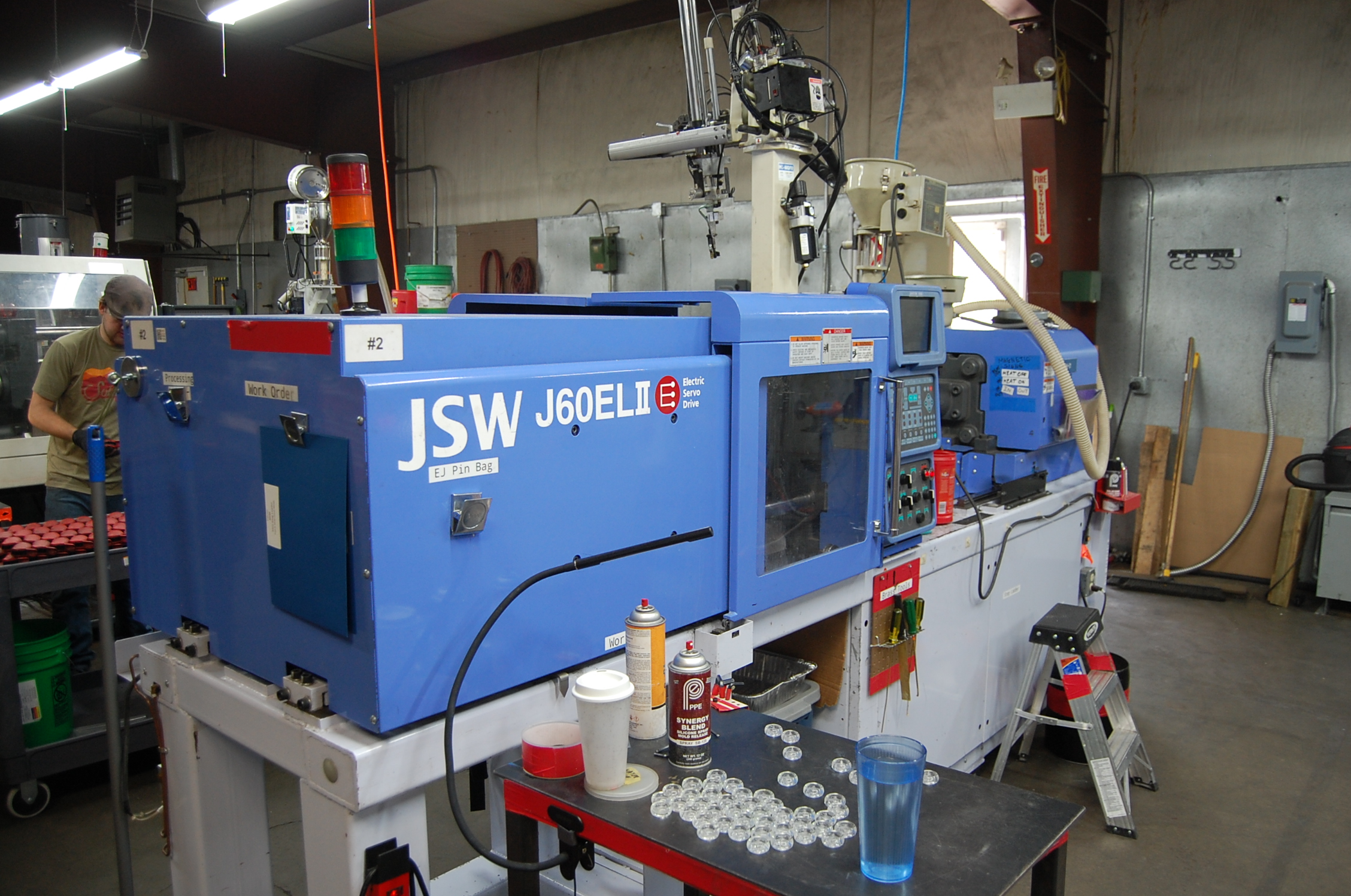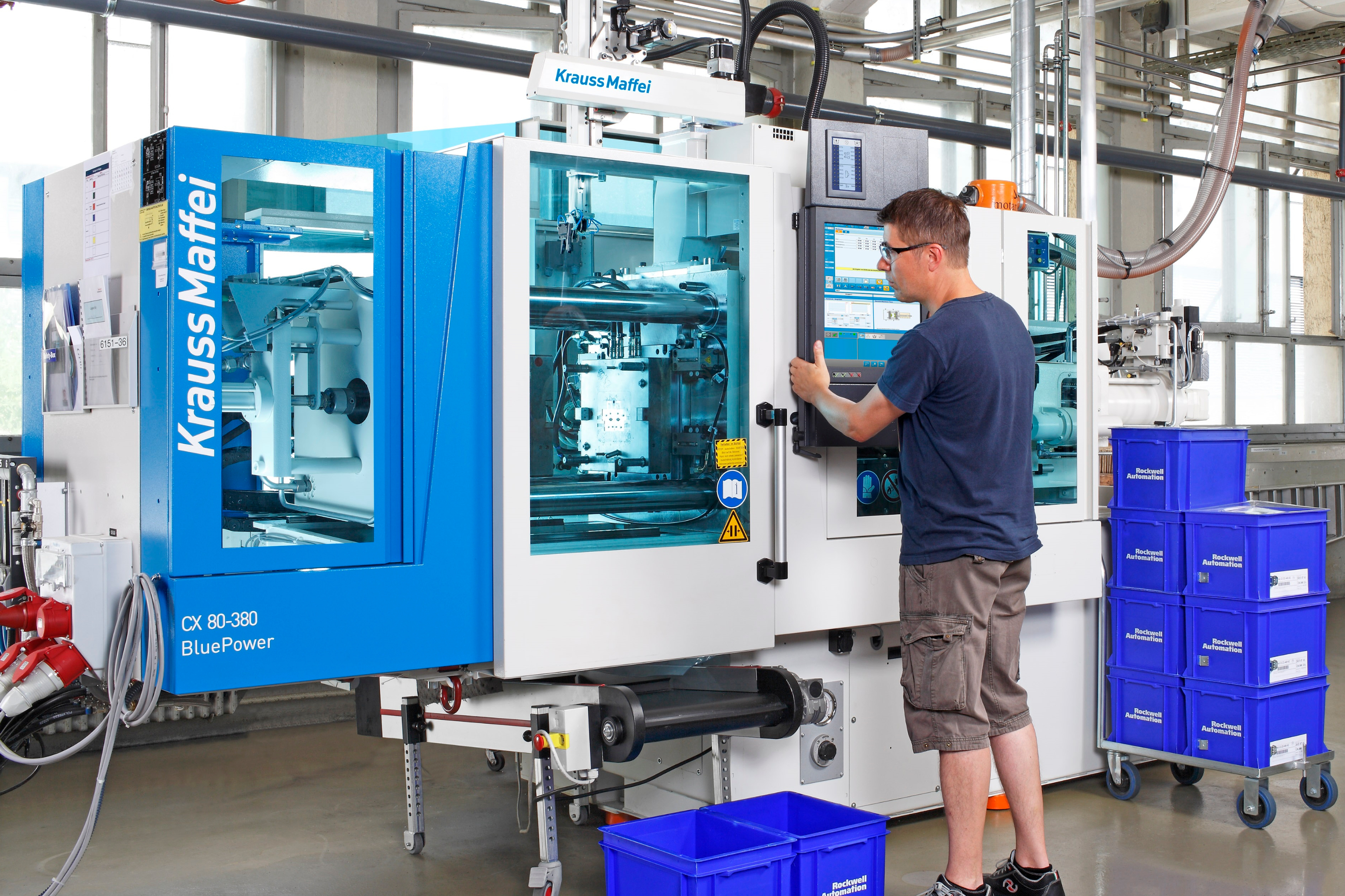The Ultimate Guide To Hon Hai Precisions
Wiki Article
The Best Guide To Oem
Table of ContentsExamine This Report about Lean ProductionLean Manufacturing Things To Know Before You BuyA Biased View of Lean ManufacturingNot known Details About Oem All About OemSee This Report about Additive Manufacturing
The message on this page is an example from our full White Paper 'Injection Moulding for Buyers' - * Example text * - for full overview click the download button above! Introduction This guide is planned for individuals who are looking to source plastic mouldings. It provides a much required insight right into all that is entailed with developing plastic parts, from the mould device called for to the moulding procedure itself.If you wish to explore additionally, the overview covers sorts of mould tools, in addition to unique ending up procedures such as colours & plating. Words that are underscored can be found in the glossary in the appendix ... Component I: Moulding: The Fundamentals The Benefits of Injection Moulding Plastic shot moulding is an extremely specific process that provides several advantages over various other plastic handling methods.
Accuracy is ideal for really detailed parts. You can hold this moulding in the palm of your hand and it has bosses, ribs, metal inserts, side cores as well as holes, made with a sliding shut off feature in the mould device.
The Definitive Guide for Manufacturing


from product feed & melting; material injection; cooling down time and also ejection to the re-closing of the mould device all set for the following cycle. Draft angles - The wall surfaces of a moulded part should be a little tapered in the direction in which the part is ejected from the mould tool, to enable the component to be expelled quickly.
Ejector stroke - The pressing out of ejector pins to eject the moulded part from the mould device. Ejector stroke speed, size and timing requires to be very carefully controlled to stop damages to the ejectors and mould device, however at the exact same time make the moulding cycle as brief as possible.

The Facts About Manufacturing Industries Revealed
Ribs - When a plastic component has thin walls, ribs are contributed to the layout to make the slim walls stronger Side cores - Side activity which produces a feature on a moulded component, at an opposing angle to the normal opening direction of the mould tool. die casting. The side core needs to be able to retract as the plastic component can not be expelled otherwise.
Wall surfaces - The sides of a moulded part The message on this page is a sample from our complete White Paper 'Shot Moulding for Buyers'.
Production procedure for producing components by injecting molten material right into a mould, or mold and mildew Streamlined diagram of the procedure Injection moulding (united state punctuation: injection molding) is a production process for producing components by injecting molten product right into a mould, or mold. Shot moulding can be carried out with a host of products generally including metals (for which the process is called die-casting), glasses, elastomers, confections, and also a lot of generally polycarbonate and thermosetting polymers. Shot moulding is widely made use of for manufacturing a range of components, from the smallest components to whole body panels of autos. Shot moulding makes use of a special-purpose device that has 3 components: the injection system, the mould and also the clamp.
Some Known Incorrect Statements About Lean Production
Process features [modify] Shot moulding utilizes a ram or screw-type plunger to compel molten plastic or rubber material into a mould cavity; this strengthens right into a form that has actually adhered to the shape of the mould. It is most commonly made use of to process both thermoplastic and thermosetting polymers, with the volume used of the previous being substantially Look At This higher.: 13 Thermoplastics prevail due to qualities that make them extremely suitable for shot moulding, such as ease of recycling, flexibility for a variety of applications,: 89 as well as capability to soften and flow on home heating.In numerous dental caries moulds, each read this cavity can be similar as well as create the very same parts or can be distinct and also develop several various geometries during a single cycle.
The screw delivers the raw product onward, mixes as well as homogenises the thermal and also viscous distributions of the polymer, as well as reduces the needed heating time by mechanically shearing the product and also including a significant amount of frictional heating to the polymer. The material feeds forward through a check shutoff and also accumulates at the front of the screw right into a quantity called a shot. When sufficient product has actually collected, the material is required at high pressure as well as rate into the component creating cavity. The exact amount of contraction is a feature of the material being used, as well as can be fairly predictable. To avoid spikes in pressure, the process normally utilizes a transfer placement representing a 9598% full tooth cavity where the screw shifts from a constant velocity to a constant stress control.
Manufacturing Fundamentals Explained
The packing pressure is applied up until the gateway (dental caries entrance) solidifies. Due to its small dimension, the gateway is normally the first place to solidify through its whole thickness.: 16 Once the gate strengthens, no even more product can go into the dental caries; appropriately, the screw reciprocates and gets material for the next cycle while the material within the mould cools down so that it can be expelled and also be dimensionally steady.Report this wiki page